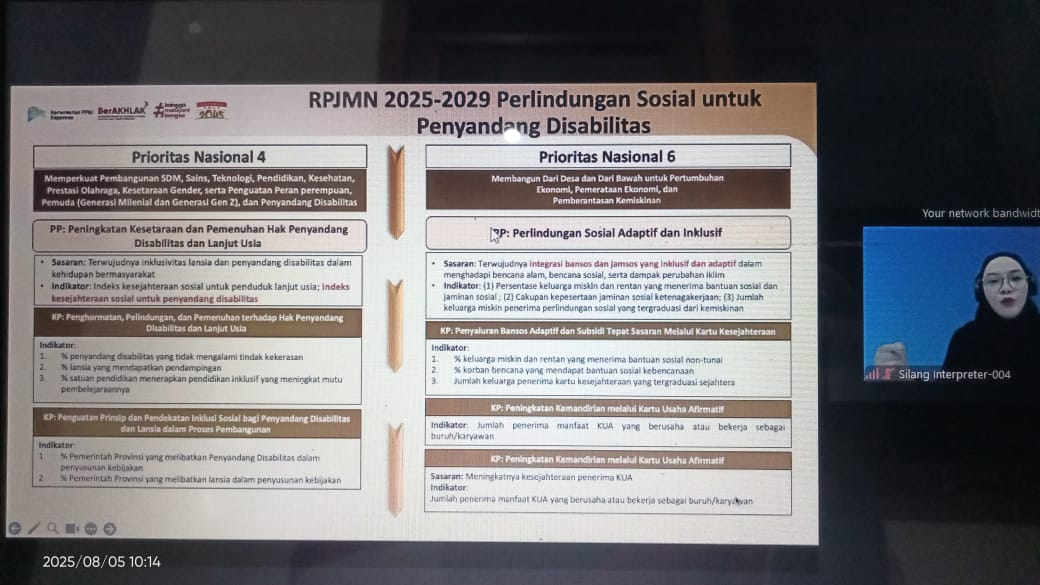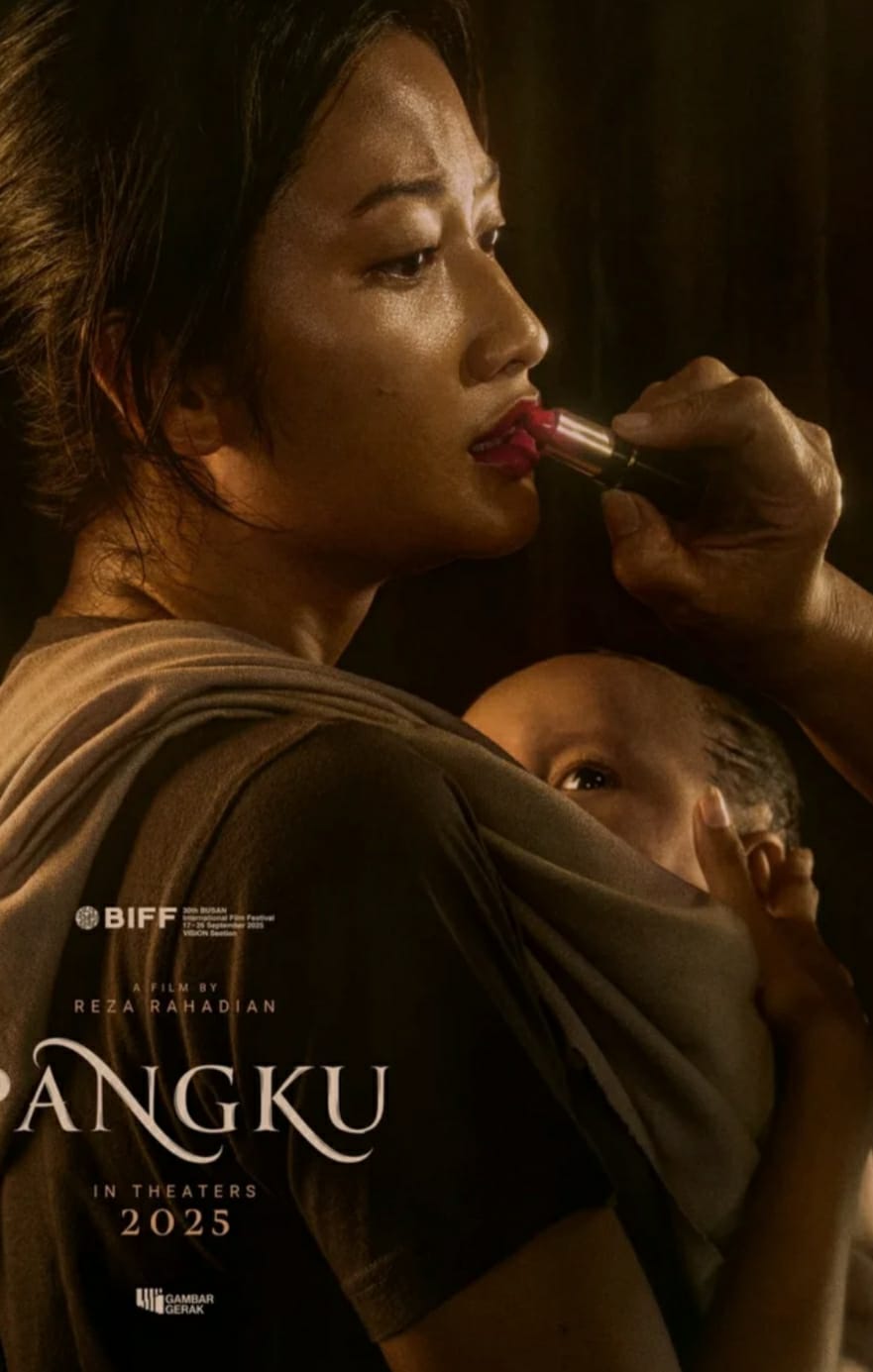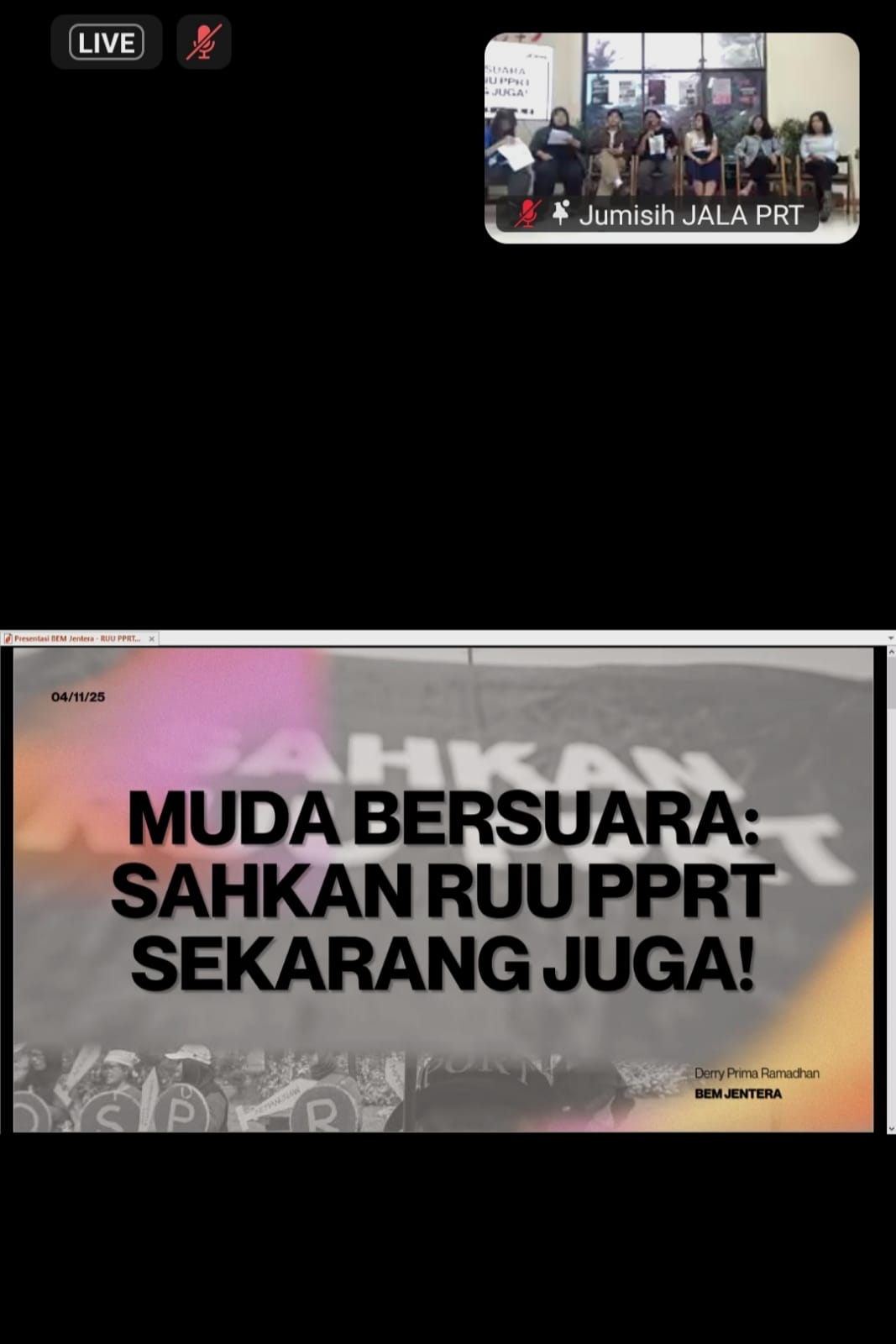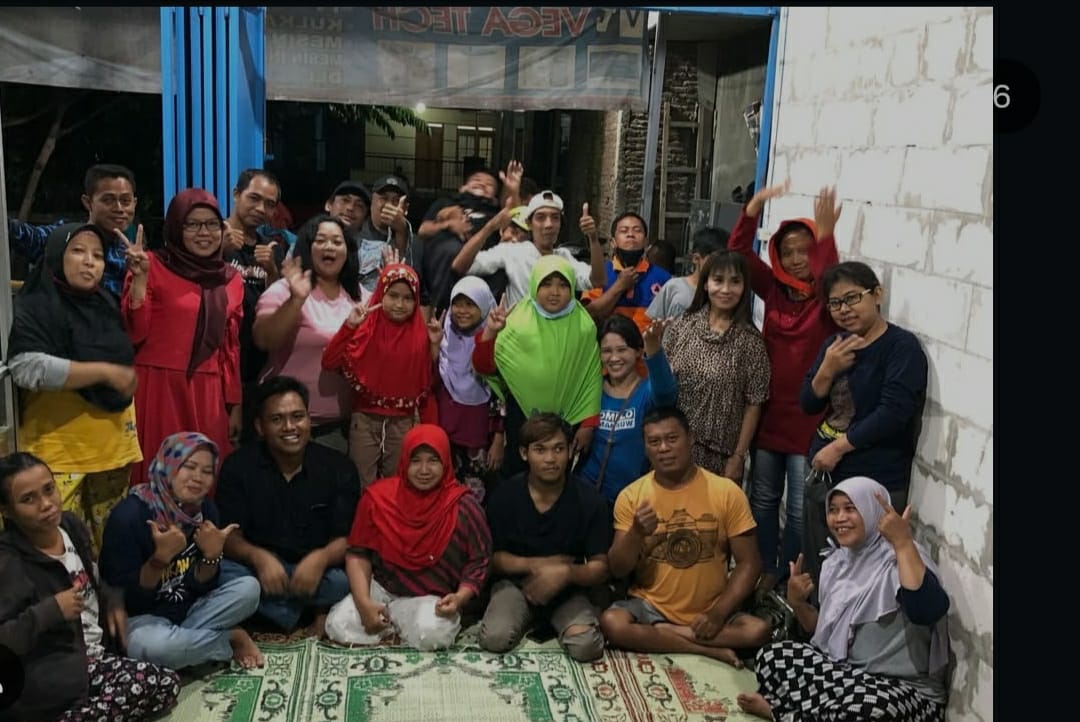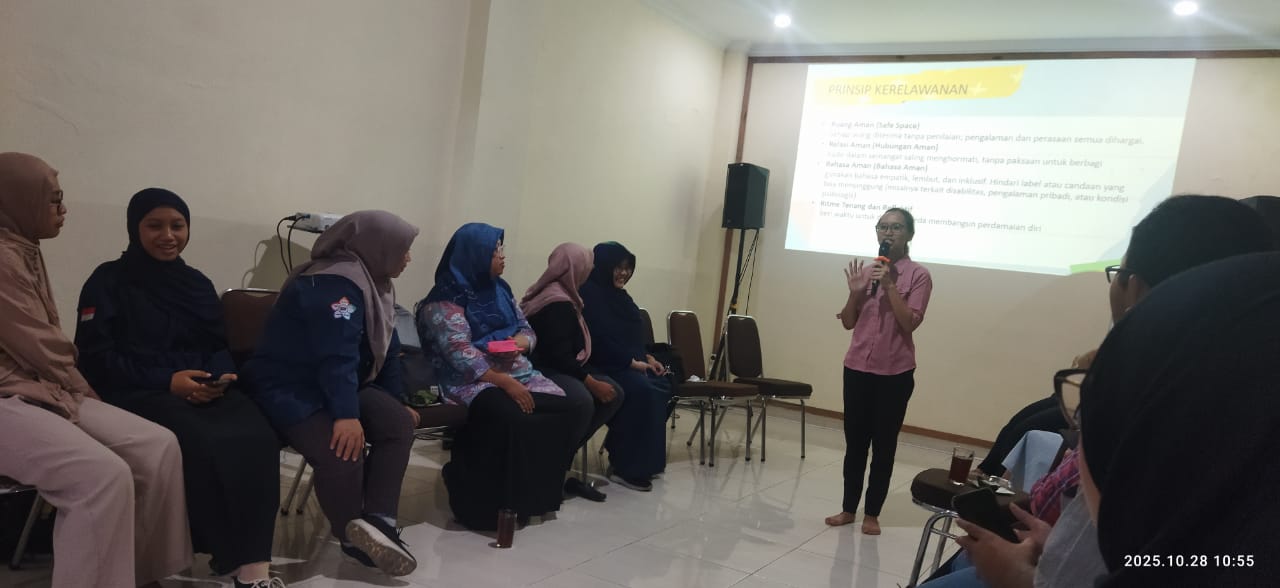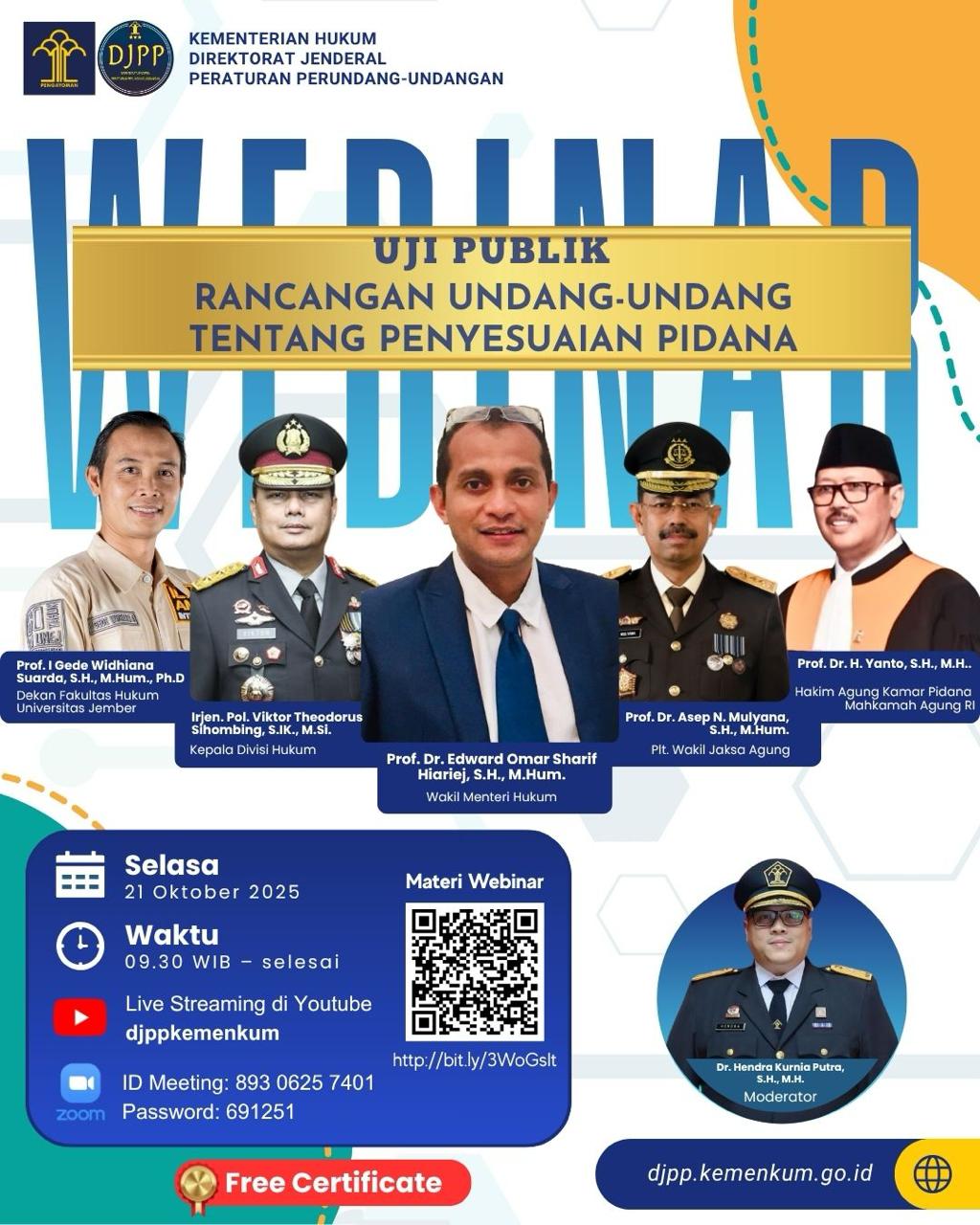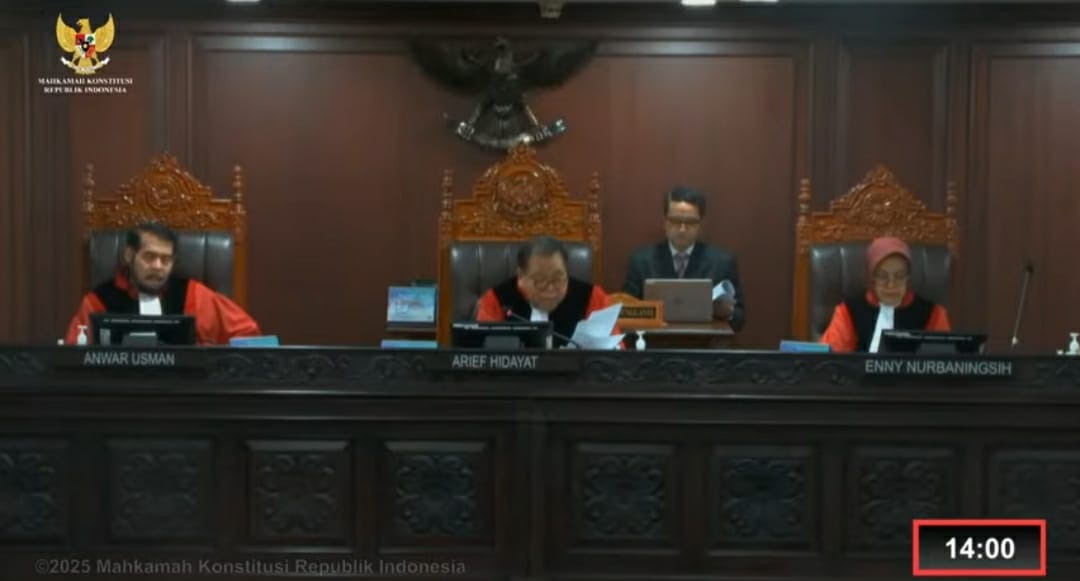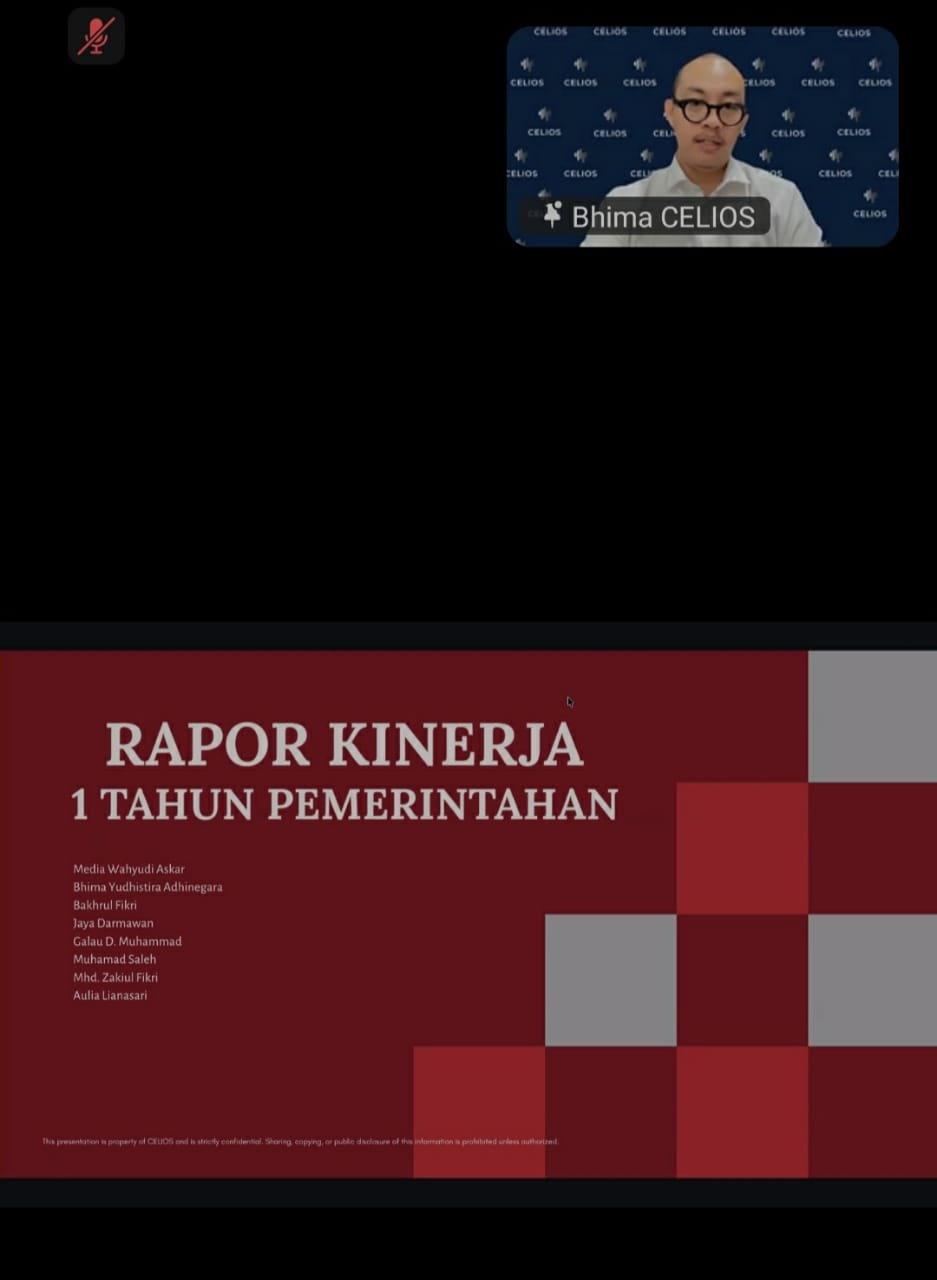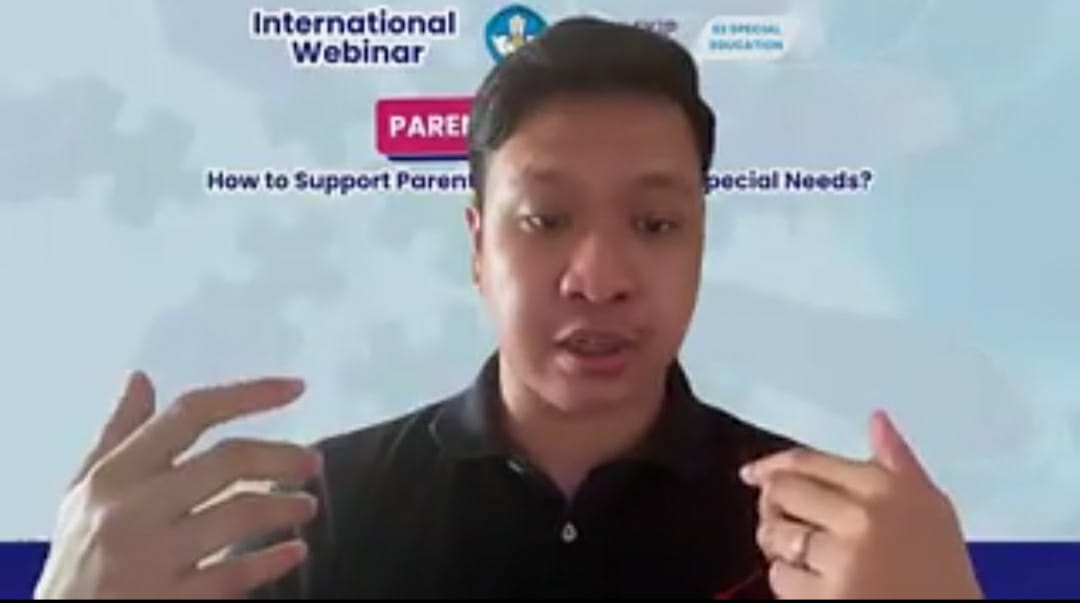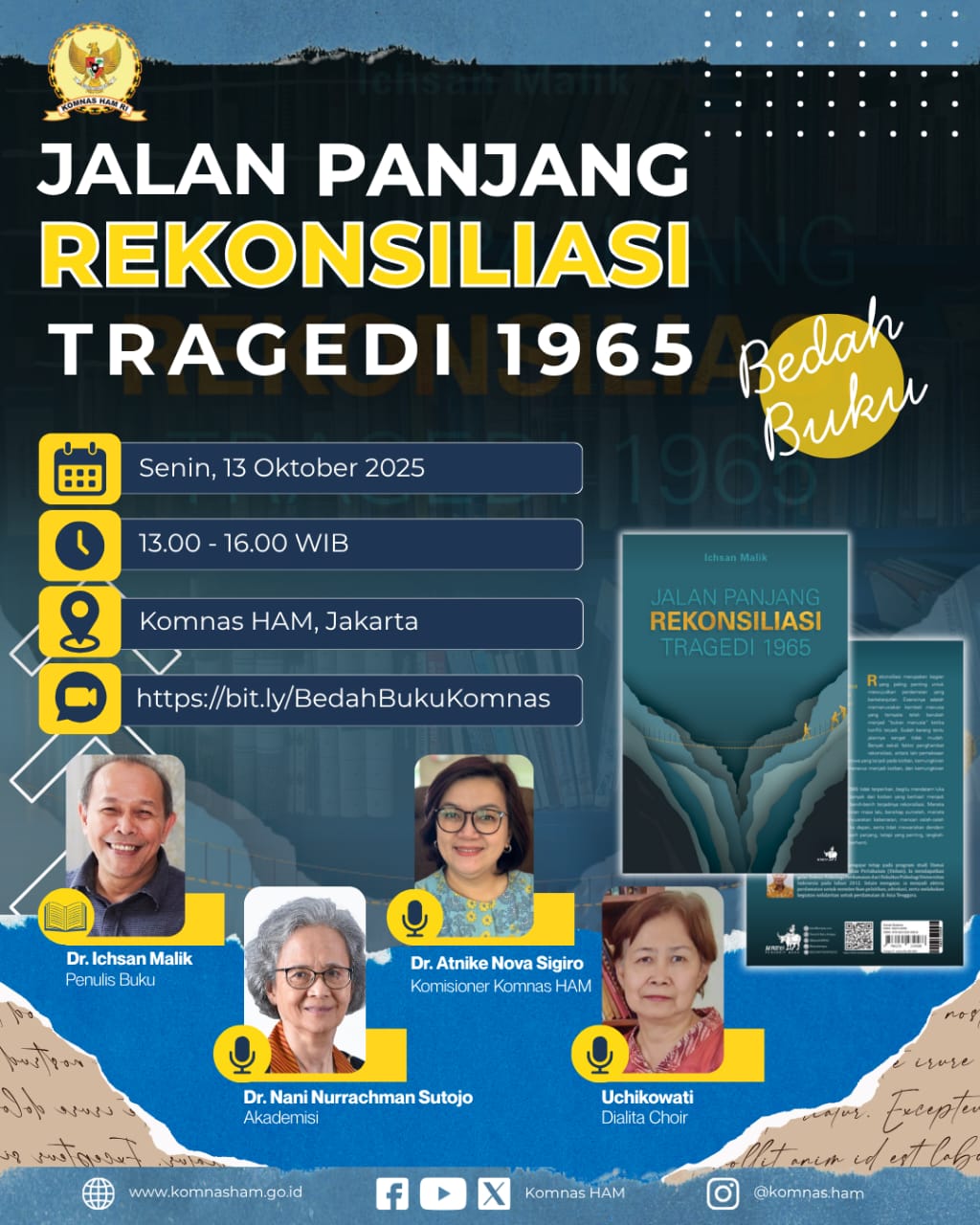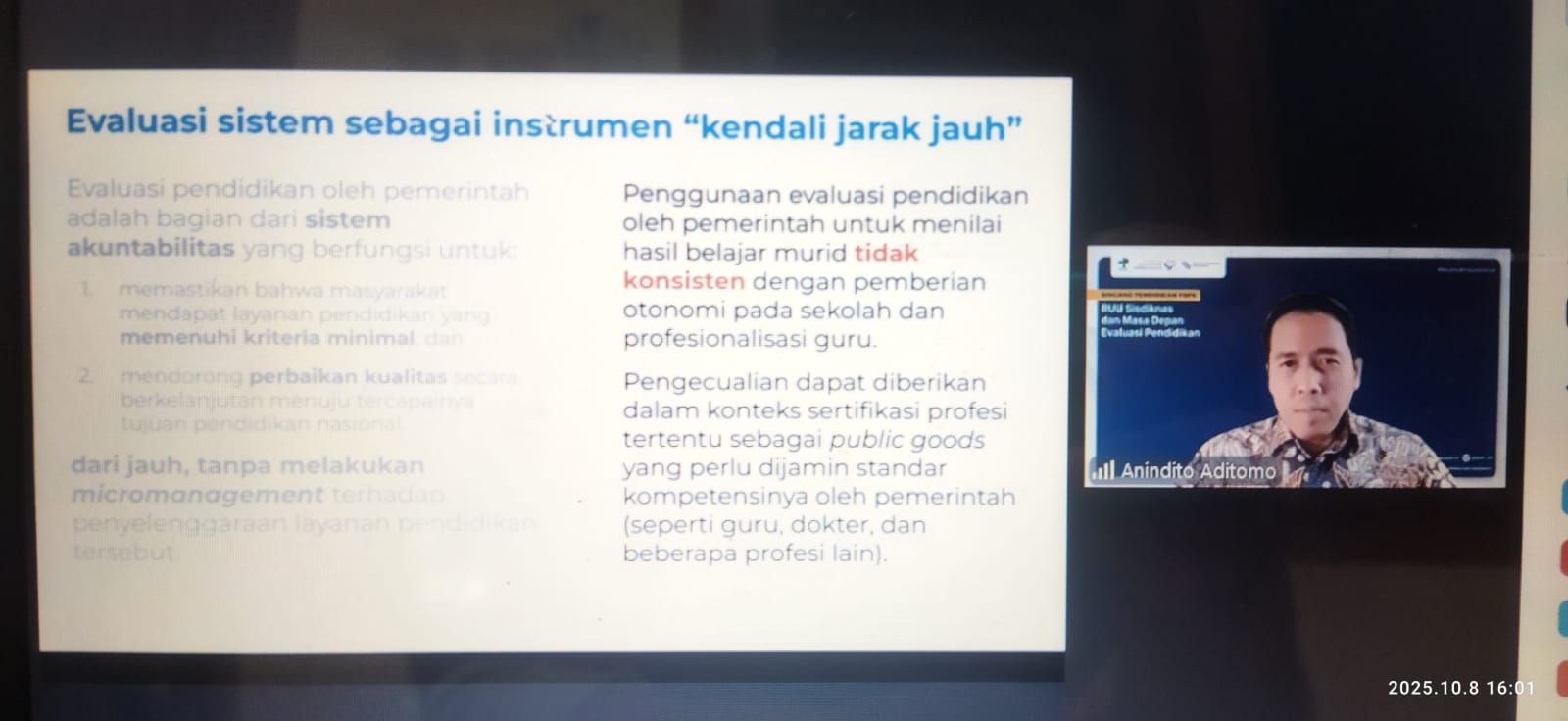The thematic discussion no. 8 was part of the Inclusion Meeting Series No. 6 on Social Protection for People with Disability organised by Sigab on Tuesday (5/8).
Sri Thew moderator, Kusumastuti Rahayu from Proaktif invited a number of resource people. One resource person, Asahel Bush pointed to a number of points in her presentation: 1) review ensured a guarantee of social inclusion and how recommendations could offer a direction for policies - that referred ti literature review. 2) Online Focus Group Discussion (FGD) would allow for quick influence on Organisations for People with Disability, their experience on social security, review of global framework, country examples, and analysis based on expertise and other literature review. The research question related to good practices and evidence globally in inclusive social security for people with disability. 3) what kinds of evidence was available for social security? 4) what were the resolutions implemented in other countries for reference in Indonesia. 5) were there social gaps regarding social security for people with disability in Indonesia and how would social security fare in the short- and long-term.
Daniel Mont explains the objective of social protection and the situation of disability in Indonesia. The objective was to eradicate poverty so that no one lives in poverty. 2) The sense of security regarding dependable, stable and not-fluctuating income, and protection against unexpected loss of work, illness, natural disasters, mitigation of impacts, and social security.
Dan said that with regards to disability, social protection did not perform to its full extent. Protection programs did not take into account additional costs that families of people with disability had to pay, for example costs of medicine, and costs of house renovation. The third was the stability and security of income. Did social protection program not envision these?
Fourth was protection against unexpected events, such as fire and natural disasters. Dan said that when the environment changed, then capacity for adaptation changed, and people with disability needed to have access to social protection. “We wanted to move away from the institution-based system. There should be guarantee of accessibility and supports for people with disability, whether physical or psycho-social disability, minor or serious disability,”said Dan.
The next resource person, Aissyah Ardani questioned the number of people with disability, whether data had similarities, because the reality was that the number of women with disability far exceeds that of men with disability because of life expectancy. This related to poverty, because analysis showed that people with disability tended to be in extreme poverty and people without disability. This was a traditional number crunching. The existing data showed very low prediction because it did not account for costs paid by people with disability. For example with regards to work places, people with disability could not make use of vehicles, and other extra costs associated with assistive devices, and level of support or support system. Prospera analysis showed that after incorporating extra costs, household expenditure changed. And when we talked about households who had member(s) with serious disability then the costs would increase.
The question then was whether the existing social protection really protect them? In general, the government of Indonesia had social protection in place, and there were some protection for people with disability: for example Atensi, also included protection such as non-cash food aid (BPNT), Ideal Family Program (PKH), National health coverage (JKN) for recipients of financial aid (PBI), Indonesia Smart Card (KIP), and others. These forms of assistance may only targeted elderly people with disability. And the Smart Card only targeted school children, while the elderly could access PKH. One note was that in the general participation program the number of people with disability was far lower than the number of people with no disability. This meant that the aid program for people with disability was far from maximum, despite the existence of cash aid for people with disability. But in 2020, this program was merged into PKH. Another note was that there were 13.3% of people with disability who were not enrolled in JKN PBI.
Program Atensi by the Ministry of Social Affairs was specifically aid in the form of services and materials intended for people with disability, but there was no exact number of participation nationally and what the benefits were. People with disability tended to be poor, and had to spend extra money for unaccounted things in social security.
And then the response to the question from a participant regarding recruitment of people with disability in accessing employment, kalau kita melihat bahwa kita berfokus dengan biaya bahan oleh keluarga dengan difabel, oleh sebab itu, butuh, Kemen Pendidikan dengan dampingan Kementerian Pendidikan, di Indonesia, difabel masuk di sistem pendidikan dan perlindungan sosial, dan juga bahasa isyarat ini lagi-lagi biaya tambahan yang diperlukan. Keluarga harus memperkerjakan juru bahasa isyarat bagi kebutuhan anggota keluarga mereka, juga terkait transportasi umum yang aksesibel, meski bisa diusahakan dengan ponsel pintar, meski dengan biaya tinggi.
A member of Independent Consultant within CBM Global, Cucu Saidah presented the result of Focus Group Discussion (FGD) with Organisatins of People with Disability from a number of areas - Jakarta, West, Central, and East Java. Some of the findings included: 1) People with disability accessed a number of social protections. In Jakarta and other big cities, there is low level of rights fulfillment. Exclusion or gaps remained very high with regards to social protection particularly when it came to women with disability, and ethnic minorities and households with more than one person with disability were neglected.“What was the experience of women, people with disability and minority groups who experienced hindrances - particularly access to education, where they found it difficult to find schools and access to information,”she says.
Cucu also pointed out to a number of key factors: 1) Awareness of program between members of people with disability organisations and marginal groups, and inaccessible infrastructure and information services. 2) Awareness and skills of those who responded to social protection. 3) There were unknown people with disability who were unidentified because of stigma. 4) The Integrated Social Welfare Data process did not yet consider the needs of support people and they did not access support because there were hindrances experienced by families. 5) Social protection for people with disability should be transparent in terms of its criteria. 6) Low level of awareness among staff managing social protection.
M.Joni Yulianto stated that one needed to factor in the challenges in order to address the social security in the Indonesian context, as there were many issues to consider in the Indonesian perspective, that social protection may not necessarily be articulated as a form of social assistance. So one had to look at how social security was given. Joni was disappointed that concession as a form of social protection did not incorporate broad analysis what percentage of people with disability would have the benefit, and what percentage would still be marginalised despite the coverage that they received. Another interesting issue was the universal coverage.
Aisyah Ardani agreed with Joni that the extra cost might be different between rural and frugal, including the research done by Prospera, families with high income, tend to show higher needs of people with disability compared to families with low income. She revealed a research that showed concession led to gaps (disparities), for example: concession in the form of price cuts - the problem was that not all people had the amount of money.
Asahel Bush responded to questions from participants by saying that what Cucu presented was that there were gaps relating to the needs of the people with different types of disability. Asahel also wanted to present qualitative information prepared by the CBM Global Team with limited samples - re. Discussion with 20 participants with disability from different areas in Indonesia regarding challenges and hindrances. The information showed to the public that the data collection was done to the maximum and that marginal communities participated to their maximum.“This was not about the number of samples - whether the samples were small or big. Big samples may give data, but we might not whether the data were representative or not, whether they contained different stories of different groups. Other qualitative and other representations may be a solution. This was the reason why meaningful participation was critical,”said Asahel. (Ast)




